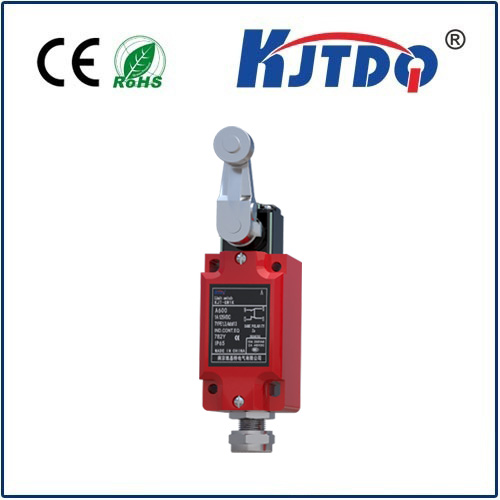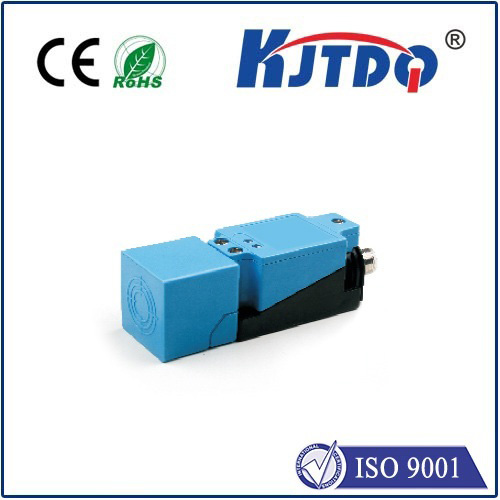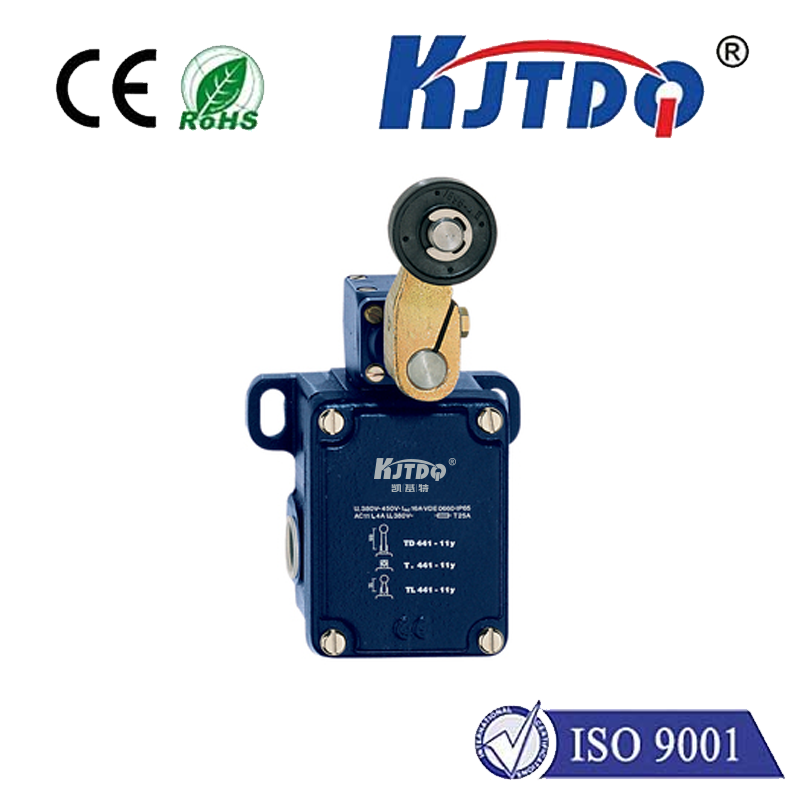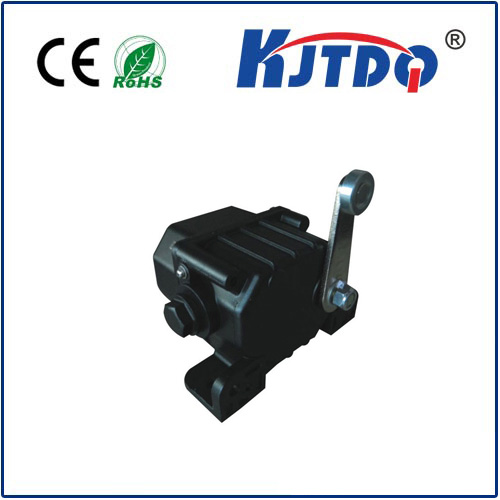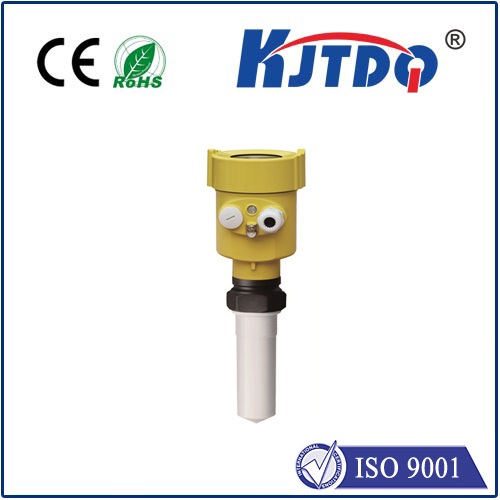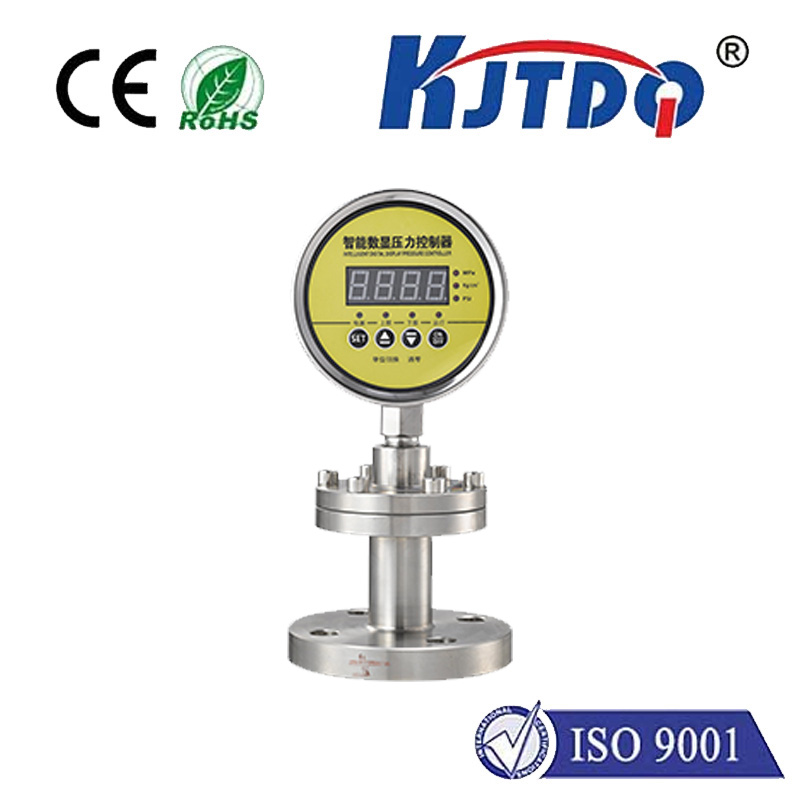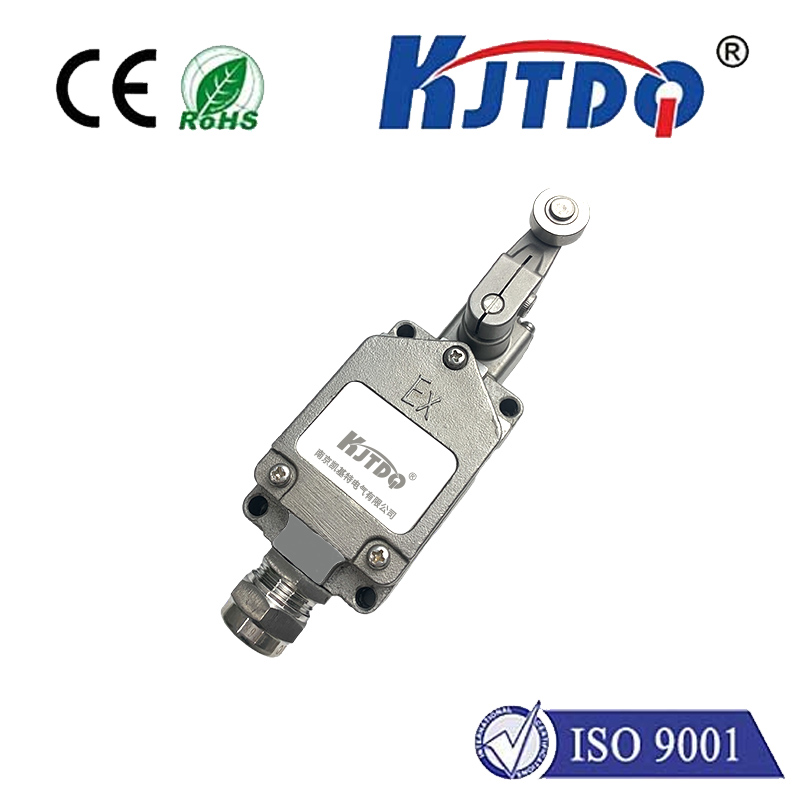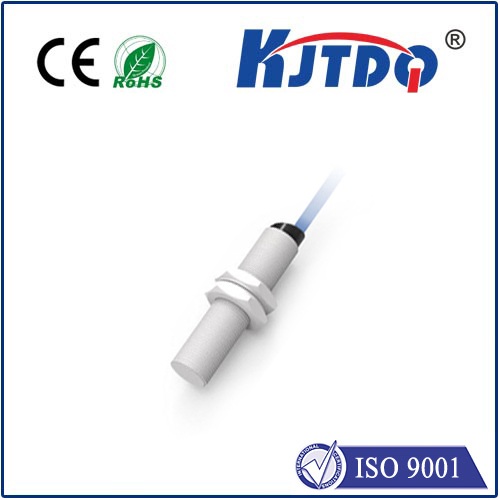intrinsic and extrinsic fibre optic sensors
- time:2025-08-14 16:00:08
- Нажмите:0
Intrinsic vs. Extrinsic Fiber Optic Sensors: Demystifying Light-Based Measurement
Imagine a world where a hair-thin strand of glass can feel temperature shifts deep within an aircraft wing, detect minute pressure changes in a beating heart, or monitor structural integrity across miles of pipeline. This isn’t science fiction; it’s the reality enabled by fiber optic sensors. These remarkable devices harness light traveling through optical fibers to measure physical parameters with extraordinary precision. Crucially, they fall into two distinct categories with unique operational principles: intrinsic fiber optic sensors and extrinsic fiber optic sensors. Understanding this fundamental distinction is key to unlocking their vast potential across diverse industries.
The Core Distinction: Where Sensing Happens
The primary difference between intrinsic and extrinsic sensors lies in the location of the sensing mechanism relative to the optical fiber itself.
- Intrinsic Fiber Optic Sensors (IFOS):
- Principle: Here, the optical fiber itself is the sensitive element. The physical parameter being measured (e.g., temperature, strain, pressure, vibration) interacts directly with the light guided within the fiber core.
- How it Works: Changes in the external environment alter the propagation characteristics of the light inside the fiber. This can affect:
- Phase: The timing of light waves.
- Intensity: The amount of light transmitted.
- Wavelength: The color (or frequency) of the light.
- Polarization: The orientation of the light waves.
- Interaction: The measurand modifies the properties of the guided light as it travels along the sensing section of the fiber. Common interrogation techniques include interferometry (measuring phase shifts), Fiber Bragg Gratings (FBGs - measuring wavelength shifts), and backscattering techniques like Rayleigh, Raman, or Brillouin scattering (used in Distributed Temperature Sensing - DTS, and Distributed Acoustic Sensing - DAS).
- Key Advantages:
- High Sensitivity & Accuracy: Especially true for interferometric and FBG sensors.
- Distributed Sensing Capability: Techniques like OTDR (Optical Time Domain Reflectometry) allow measurements at every point along many kilometers of fiber, enabling monitoring of large structures (pipelines, dams, power cables).
- Complete Immunity to Electromagnetic Interference (EMI): Crucial in high-voltage environments, near motors, or in MRI machines.
- Intrinsically Safe: No electrical sparks, ideal for explosive or flammable atmospheres.
- Corrosion Resistance: Glass fibers are chemically inert.
- Embeddability: Thin, flexible fibers can be embedded into composite materials (concrete, carbon fiber) for structural health monitoring.
- Examples: Fiber Bragg Grating (FBG) sensors for strain and temperature in bridges or aircraft; Distributed Acoustic Sensing (DAS) for pipeline security or seismic monitoring; Mach-Zehnder or Sagnac interferometers for rotation sensing (gyroscopes) or acoustic detection.
- Extrinsic Fiber Optic Sensors (EFOS):
- Principle: In extrinsic sensors, the optical fiber primarily acts as a light conduit – a pathway to transmit light to and from a separate, discrete sensing element located outside the fiber itself. The fiber is not directly sensitive to the measurand.
- How it Works: Light is launched down the fiber. When it reaches the end, it interacts with an external transducer or modulator. This external element changes its optical properties (reflectance, transmittance, luminescence) based on the physical parameter it’s designed to measure. The modified light signal is then collected, often via the same or another fiber, and sent back to a detector and signal processing unit.
- Interaction: Sensing occurs externally. The fiber’s role is purely to transport light efficiently to and from the remote sensing head. The interrogator unit analyzes the returning light’s properties (intensity, phase, wavelength, spectrum, timing).
- Key Advantages:
- Многогранность: Can employ a wide variety of specialized transducer materials and technologies optimized for specific measurands (chemicals, gases, pressure, displacement, color, etc.) that wouldn’t be feasible within the fiber itself.
- Small Sensing Probes: Enables minimally invasive sensing in hard-to-reach or hazardous locations (e.g., medical probes inside the body, inside jet engines, small cavities).
- High Performance in Specific Domains: Can achieve very high sensitivity for certain parameters like chemical concentration using spectroscopic techniques or precise displacement using interferometry outside the fiber.
- Potential for Lower Cost: Sometimes simpler transducers can be used compared to the complex interrogation sometimes needed for high-end intrinsic sensors.
- Examples: Fabry-Pérot interferometer pressure sensors for medical applications (blood pressure) or harsh environments; Fluorescence-based sensors for chemical or biological sensing (oxygen levels, pH); Reflectance-based sensors for liquid level detection or color measurement; Miniaturized cameras/endoscopes (where the fiber acts solely as the image guide).
Comparing Intrinsic and Extrinsic Fiber Optic Sensors: A Quick Reference

| Особенности |
Intrinsic Fiber Optic Sensors (IFOS) |
Extrinsic Fiber Optic Sensors (EFOS) |
| Sensing Location |
Within the optical fiber itself |
External to the optical fiber |
| Fiber’s Primary Role |
Acts as both sensor and transmission path |
Acts mainly as a light conduit |
| Key Measurement Tech |
Interferometry, FBGs, Scattering (DTS/DAS) |
Reflectance, Fluorescence, Transmittance |
| Distributed Sensing |
- Да. (with techniques like OTDR) |
No (point or multi-point) |
| Embeddability |
Excellent |
Limited (probe size dependent) |
| Immunity to EMI |
Complete |
Complete (at the sensor probe) |
| Typical Applications |
Structural health monitoring, Distributed sensing, Temperature mapping |
Medical devices, Chemical sensing, Point pressure, Displacement |
| Example |
FBG strain sensors on bridges |
Fabry-Pérot blood pressure sensor |
Choosing the Right Tool: Applications Drive Selection
The choice between an intrinsic and extrinsic fiber optic sensor depends heavily on the specific application requirements:
Opt for Intrinsic Sensors When:
You need to sense along a continuous path or over large areas (pipelines, perimeters, large structures). Distributed sensing is a unique and powerful feature.
Embedding the sensor directly into a material is necessary (composites, concrete).
Extreme EMI immunity and intrinsic safety are paramount.
Very high sensitivity to strain, temperature, or vibration is needed (using FBGs or interferometry).
Seamless integration of sensing and data transmission in a single strand is desired.
**Opt for Extrinsic Sensors When

